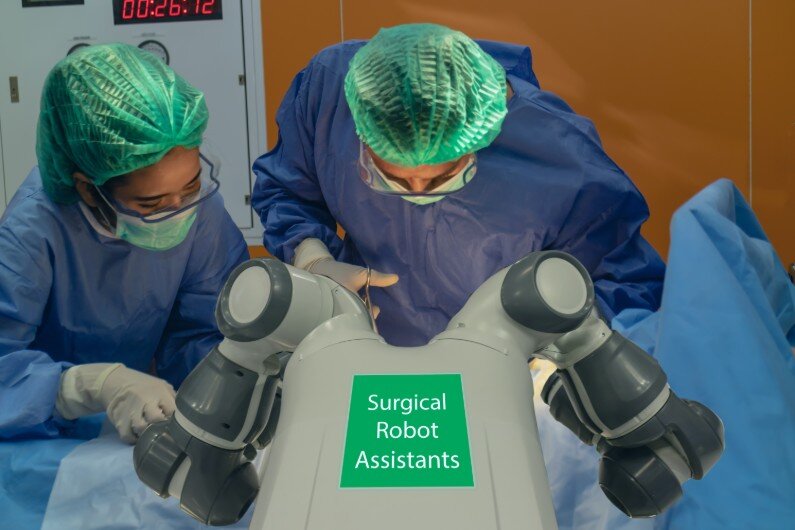Medicine & Technology: A Look At Surgical Advancements!
Advancements in technology in medicine have opened up many a debate. However, everything must progress over time. The means and methods of surgery are one of the things that have seen a great deal of advancements in recent years.
We are going to be talking through the big advancements for surgeons and surgeries in medical tech.
Robotic Surgery
We’ve always been given the impression that robots are bad, here to eventually take over the world. When it comes to advancements in medical tech, robots are paving the way. “Robotic surgery, or robot-assisted surgery, allows doctors to perform many types of complex procedures with more precision, flexibility, and control than is possible with conventional techniques” (Mayo Clinic). Robotic surgery is usually used in minimally invasive procedures. Mater Private Dublin says “Robotic-assisted surgery is a combination of a skilled surgeon working with advanced technology, to provide an effective, minimally invasive alternative to both open surgery and laparoscopic surgery.”
Mayo Clinic states some of the advantages of robotic surgery as:
Fewer complications, such as surgical site infection
Less pain and blood loss
Quicker recovery
Smaller, less noticeable scars
Robotic surgery isn’t implemented everywhere, and can only be conducted for certain procedures. However, further advancements are being made to improve this type of surgery.
Artificial Organs
Organ donation is a constant hot topic in the medical community. The numbers on transplant lists often greatly outweigh the number of donors. It only makes sense then, that an alternative was sought. How are these organs made, then? “ New “bioartificial” organs, made from plastic that’s seeded with stem cells, are starting to make that futuristic dream a reality. Since the stem cells come from the transplant recipient, the body’s immune system doesn’t reject the artificial organ”. (Genetic Literacy Project).
3D Printing
A method that many different industries are using nowadays, 3D printing involves building “a three-dimensional object from a computer-aided design model, usually by successively adding material layer by layer” (Wikipedia). 3D printing is often used for areas such as research or manufacturing.
The medical world has adopted this method to help doctors and surgeons in many different ways. 3D Bioprinting of organs for example, is an emerging technique in surgery. Whilst still very new, the concept has much backing in the medical world.
Other uses of 3D printing in medicine, as listed by All3DP , include:
Surgical preparation
Prostheses
Dental
3D printing of tissues and organs
Medication dosage and pharmacology
Manufacturing of medical tools and devices
As well as printing artificial organs, surgery prep is a very interesting area for the use of 3D printing. Surgeons are now able to print exact replicas of their patients' organs in order to practice their surgical technique before heading to the operating room. The better the surgeon knows what is waiting for them once the patient is on the operating table the better chance of a successful surgery. Allie Nawart of Medical Advice Network reports “this type of procedure has been performed successfully in surgeries ranging from a full-face transplant to spinal procedures and is beginning to become routine practice.”


